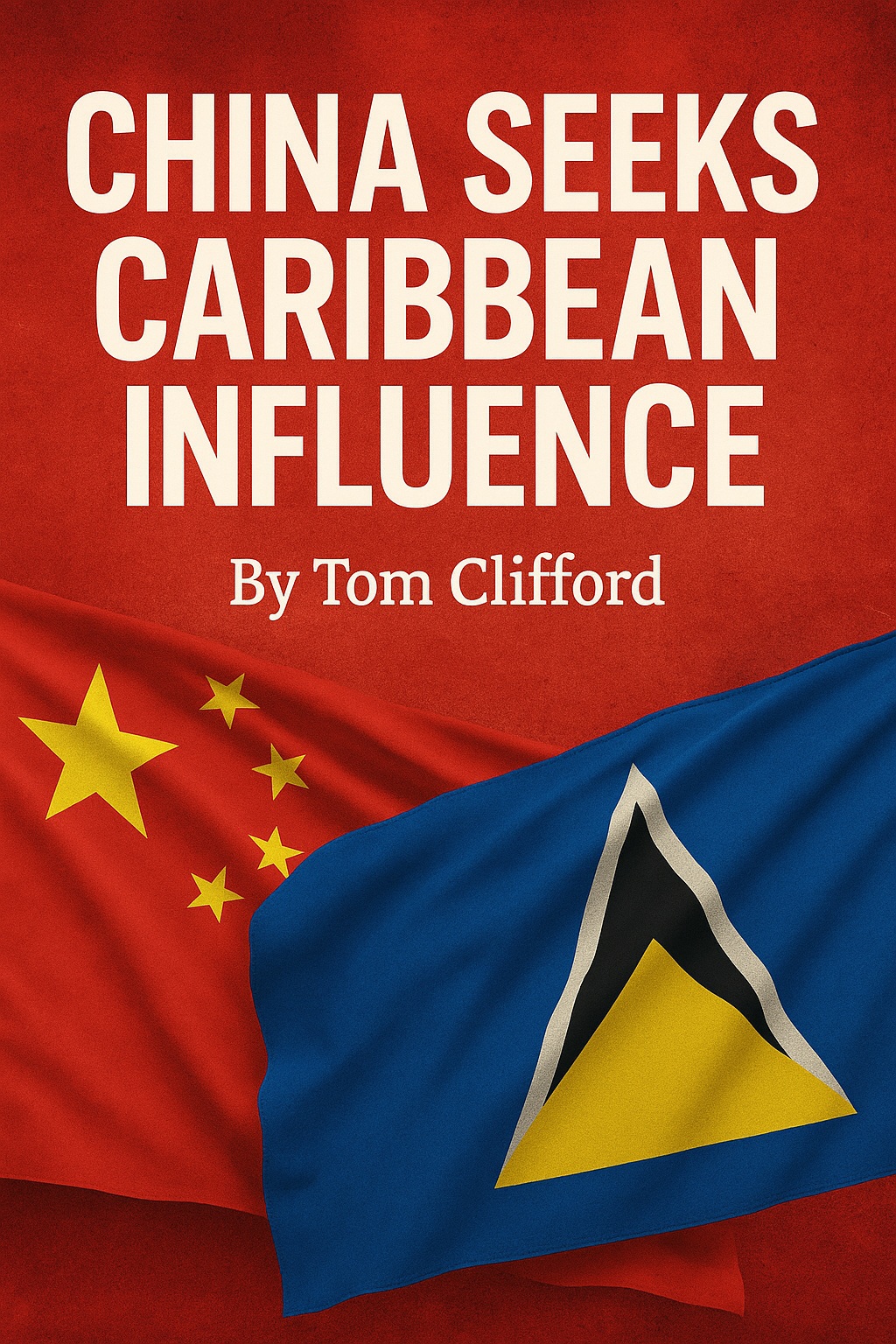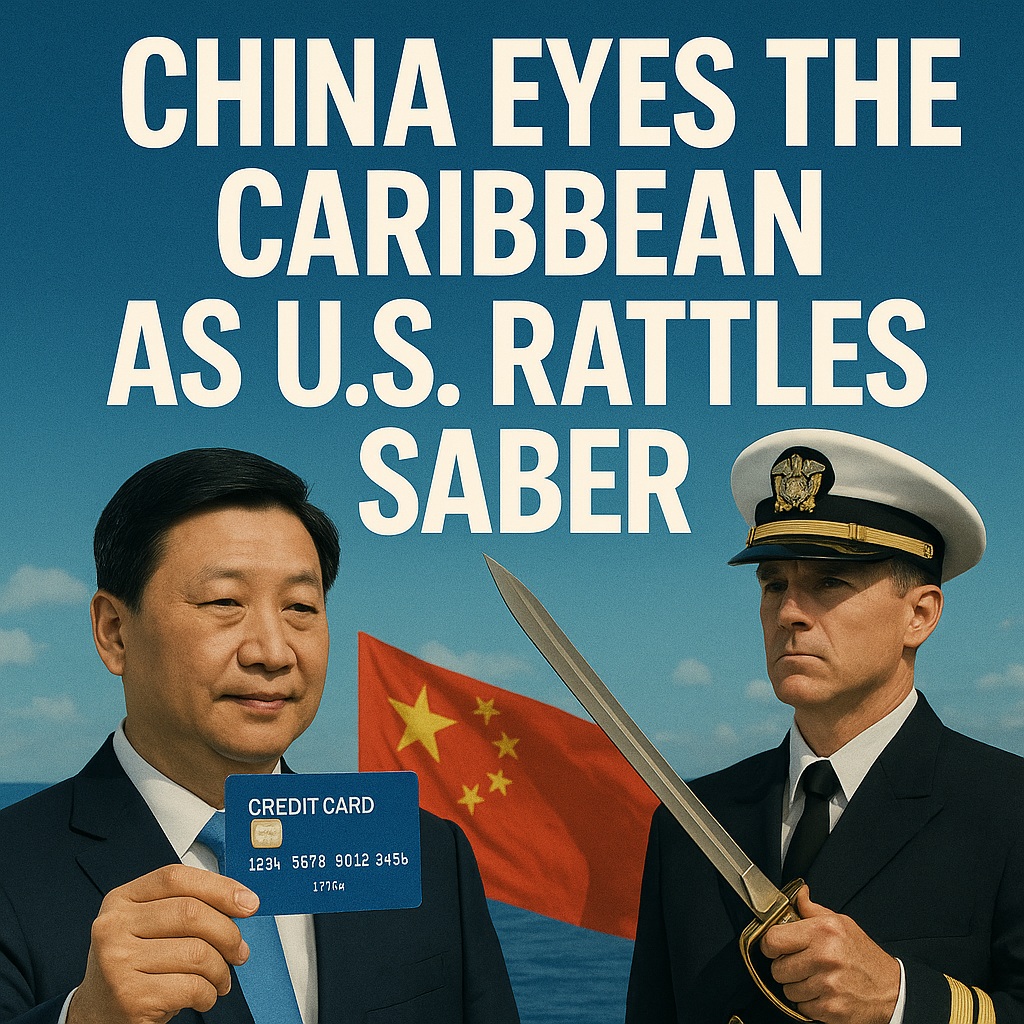
By Tom Clifford
The trouble with sabre rattling is uncertainty over the outcome. Will the sword be drawn or remain in its scabbard?
Since taking office, US President Donald Trump has threatened Mexico, Colombia and Venezuela.
Colombia was one of the largest recipients of US aid in the region, channeled through Plan Colombia, a 15-year effort that saw billions of dollars to enhance country’s security and combat drug production.
To the Trump administration, Plan Colombia was a failure.
Gustavo Petro, President of Colombia, accuses the US of murder, hence the withdrawal of aid.
Quoted in the US political website The Hill, Adam Isacson, Director for Defense Oversight at the Washington Office on Latin America, a nonprofit that advocates for human rights in the region, said “To see this kind of treatment of Latin America, this sort of very colonial way of treating the region, threatening military intervention, sending 10,000 troops to the Caribbean – I mean, these are things that we just don’t have any real parallels in the last 100 years.”
But now there is another player testing and clearly likening the political waters of the region.
The Trump administration risks jeopardizing relationships with allies in a strategy that could boost Chinese influence, Rebecca Bill Chavez, president of the Inter-American Dialogue, said.
China has made the Caribbean a major policy focus as it seeks to capitalize on Washington’s disruptive language and behavior.
As the US steps up its belligerent approach and cuts aid to Latin America and the Caribbean, China’s influence is clearly growing.
It has already supplanted the US as South America’s top trading partner in recent years. After China joined the WTO in 2001, trade with the region grew annually by 31 per cent for eight years. Last year, this trade reached $518 billion. Economists believe it is on course it to pass $700 billion by 2035. Nor could Beijing’s policy be written off as short-term opportunism.
Beijing has pledged to invite 300 political party officials from regional countries to Beijing annually. This effort is not simply about diplomacy; it’s about tackling volatility that may disrupt China’s investment. Beijing has done its homework. Elections are scheduled in Brazil, Peru, Colombia, and Costa Rica in 2026 and the following year in Argentina and Taiwan-allied Guatemala in 2027.
China devotes more efforts on a per capita basis to the Caribbean than it does any other area of the Western Hemisphere. This manifests itself in various ways, such as through the number of visits by its police and defense force officials and by Chinese hospital ships. A newly commissioned hospital vessel Silk Road Ark is visiting the Caribbean as part of Mission Harmony 2025.
While Trump rattles his sabre, China is flashing its credit card.

###
Related articles:
A New Caribbean Crisis: U.S. Warships, Venezuela, and the Monroe Doctrine
U.S. Military Intervention – A Historical Overview
Tensions Escalate as U.S. Deploys B-52 Bombers Over Caribbean Amid Venezuela Standoff
Previous articles by Tom Clifford about China:
China at a Crossroads: From Optimism to Uncertainty
China Eyes America’s Backyard
###
ADVERTISEMENT













